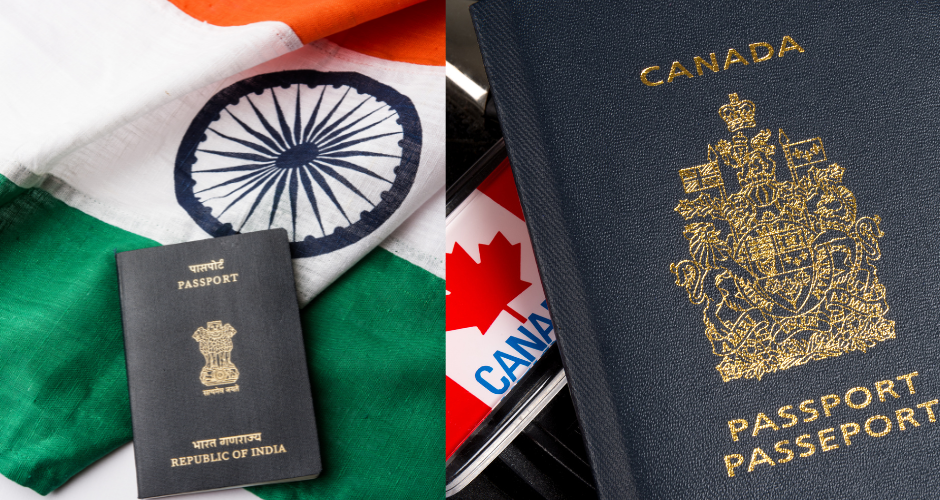Unraveling the India-Canada Conflict: Navigating Diplomatic Tensions

In the complex tapestry of international relations, conflicts and disagreements between nations often emerge due to diverse interests, ideologies, and geopolitical considerations. One such intriguing conflict has been brewing between India and Canada, two nations with historically amicable relations. The India-Canada conflict, while not overtly hostile, has highlighted differences in policy, values, and trade that warrant careful examination.
Historical Context
India and Canada have shared a relatively peaceful history of diplomatic relations. Both countries are members of the Commonwealth and have a strong Indian diaspora in Canada, fostering cultural and economic ties. However, recent years have witnessed a series of events that have strained the relationship between these two nations.
1. Visa and Immigration Policies: One early point of contention arose when Canada modified its immigration policies, making it more difficult for Indian students and professionals to obtain visas and work permits. This move was seen by many in India as discriminatory, causing friction between the two countries.

2. Khalistan Issue: Canada’s perceived leniency towards pro-Khalistan separatist movements on its soil has been a persistent concern for India. India has accused Canada of providing a platform for these separatist elements, damaging bilateral relations.
3. Trade Tensions: Trade disputes have further exacerbated the situation. Issues related to agricultural exports, intellectual property rights, and market access have resulted in tensions between the two nations. Canada’s restrictions on Indian pulses and concerns over intellectual property rights in pharmaceuticals have been particularly contentious.
Diplomatic Maneuvers
Despite these challenges, both India and Canada have maintained diplomatic channels for communication. Diplomatic conversations have been ongoing to address the concerns on both sides and find common ground. It is essential to recognize that diplomatic conflicts, while indicative of tensions, do not necessarily lead to open hostilities. In fact, both nations have expressed their commitment to resolving their differences through dialogue and negotiations.
Possible Resolutions
1. Trade Talks: Addressing trade disputes through negotiations and finding mutually beneficial solutions is vital. Both countries can explore opportunities for trade diversification and collaboration in sectors like technology, renewable energy, and healthcare.

2. Counter-Terrorism Cooperation: Canada can take a more proactive stance in addressing India’s concerns about pro-Khalistan activities on its soil. Collaboration in counter-terrorism efforts could help build trust and enhance bilateral relations.
3. Human Rights Dialogue: Canada and India should engage in constructive human rights dialogues, with an emphasis on respect for sovereignty and mutual understanding. These conversations can help address concerns while preserving diplomatic relations.
4. Cultural and Educational Exchange: Strengthening people-to-people ties through cultural and educational exchange programs can help bridge the gap between the two nations. These initiatives can foster a better understanding of each other’s cultures and values.
Conclusion
The India-Canada conflict is a complex issue that stems from a combination of historical, economic, political, and social factors. However, both countries have shown a willingness to engage in diplomatic dialogue to resolve their differences. Navigating this conflict requires a commitment to finding common ground and pursuing mutually beneficial solutions. As both nations work towards this goal, it is hoped that the historically friendly ties between India and Canada can be restored and strengthened in the years to come, contributing to a more stable and harmonious global order.